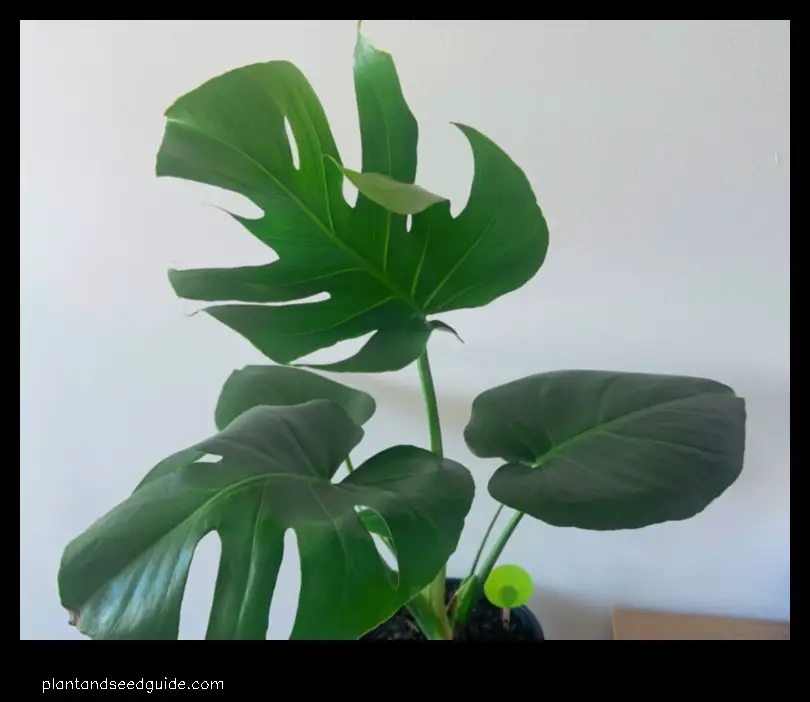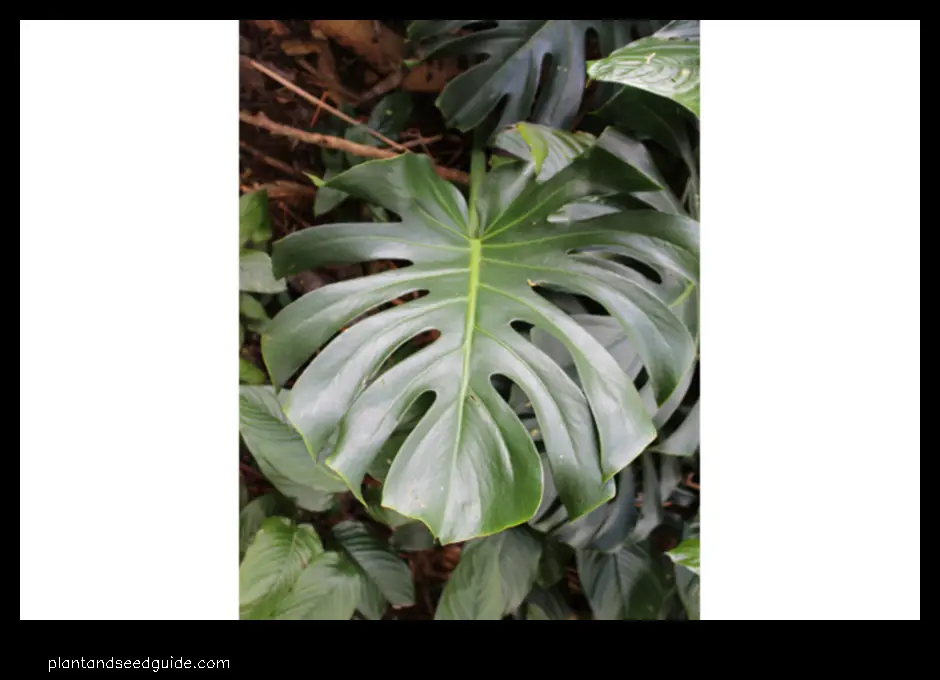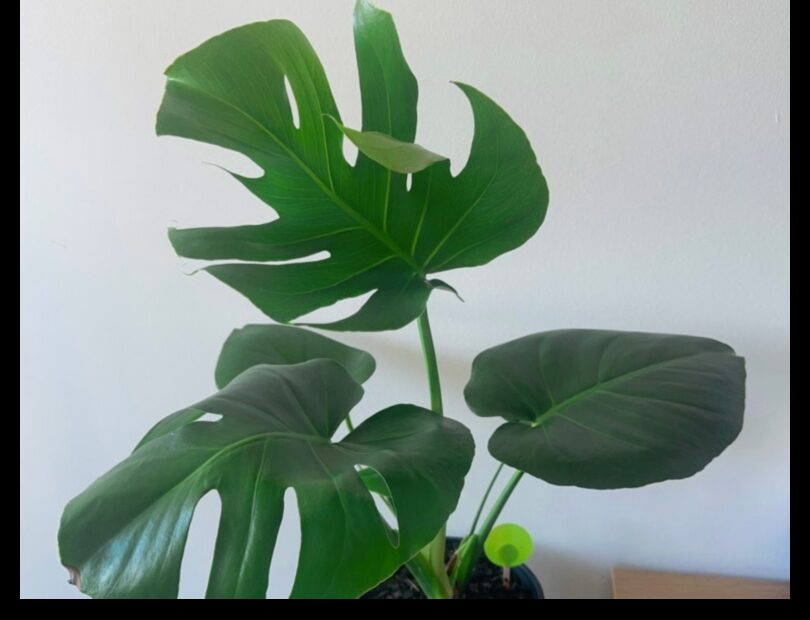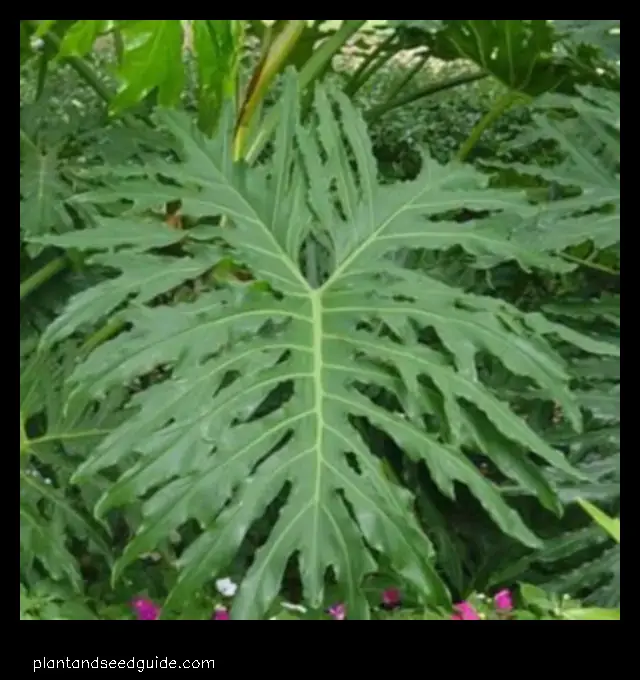
Split-Leaf Philodendron Flower
The split-leaf philodendron (Philodendron selloum) is a popular houseplant that is known for its large, green leaves that are divided into several leaflets.
However, it is typically grown as a houseplant, where it can reach a height of 6 feet or more.This plant is native to the rainforests of South America, and it can grow to be quite large in its natural habitat..
The split-leaf philodendron is a relatively easy plant to care for, and it is tolerant of a wide range of conditions. It prefers bright, indirect light, but it can also tolerate some direct sunlight. The plant should be watered regularly, but it should not be allowed to sit in water. It should be fertilized monthly during the growing season.
The split-leaf philodendron is not a very fast-growing plant, but it will produce new leaves regularly. The plant will occasionally produce a flower, which is a small, white lily-like bloom. The flowers are not particularly showy, but they are a sign that the plant is healthy.
The split-leaf philodendron is a beautiful and easy-to-care-for plant that is perfect for adding a touch of tropical flair to any home.
| Feature | Value |
|---|---|
| Scientific name | Philodendron selloum |
| Common names | Split-leaf philodendron, selloum philodendron, lacy tree philodendron |
| Care requirements | Moderate light, moist soil, regular watering, high humidity |
| Flowering habits | Produces small, white flowers in the spring or summer |

IGrowing Conditions
Split-leaf philodendrons are relatively easy to grow, and they can tolerate a wide range of conditions. However, they do best in bright, indirect sunlight and moist, well-drained soil. They can be grown outdoors in warm climates, but they should be brought indoors during the winter months.
Split-leaf philodendrons are not drought-tolerant, so they should be watered regularly. However, it is important to avoid overwatering, as this can lead to root rot. The soil should be allowed to dry out slightly between waterings.
Split-leaf philodendrons can be fertilized monthly with a balanced fertilizer during the growing season. However, they should not be fertilized during the winter months.
Split-leaf
philodendrons can be pruned to maintain their size and shape. However, it is important to avoid pruning too much, as this can damage the plant.Split-leaf philodendrons are susceptible to a variety of pests and diseases, including aphids, mealybugs, spider mites, and root rot. It is important to monitor your plant for signs of pests and diseases and to treat them promptly if necessary.
Split-leaf philodendrons can be propagated by stem cuttings or by division.
To take a stem cutting, simply cut a healthy stem from the plant and remove the leaves from the bottom half of the cutting. The cutting should be placed in a glass of water or in a moist potting mix. Rooting should take place within a few weeks. ear:both; margin-top:0em; margin-bottom:1em;">Stem cuttings can be taken in the spring or summer..


